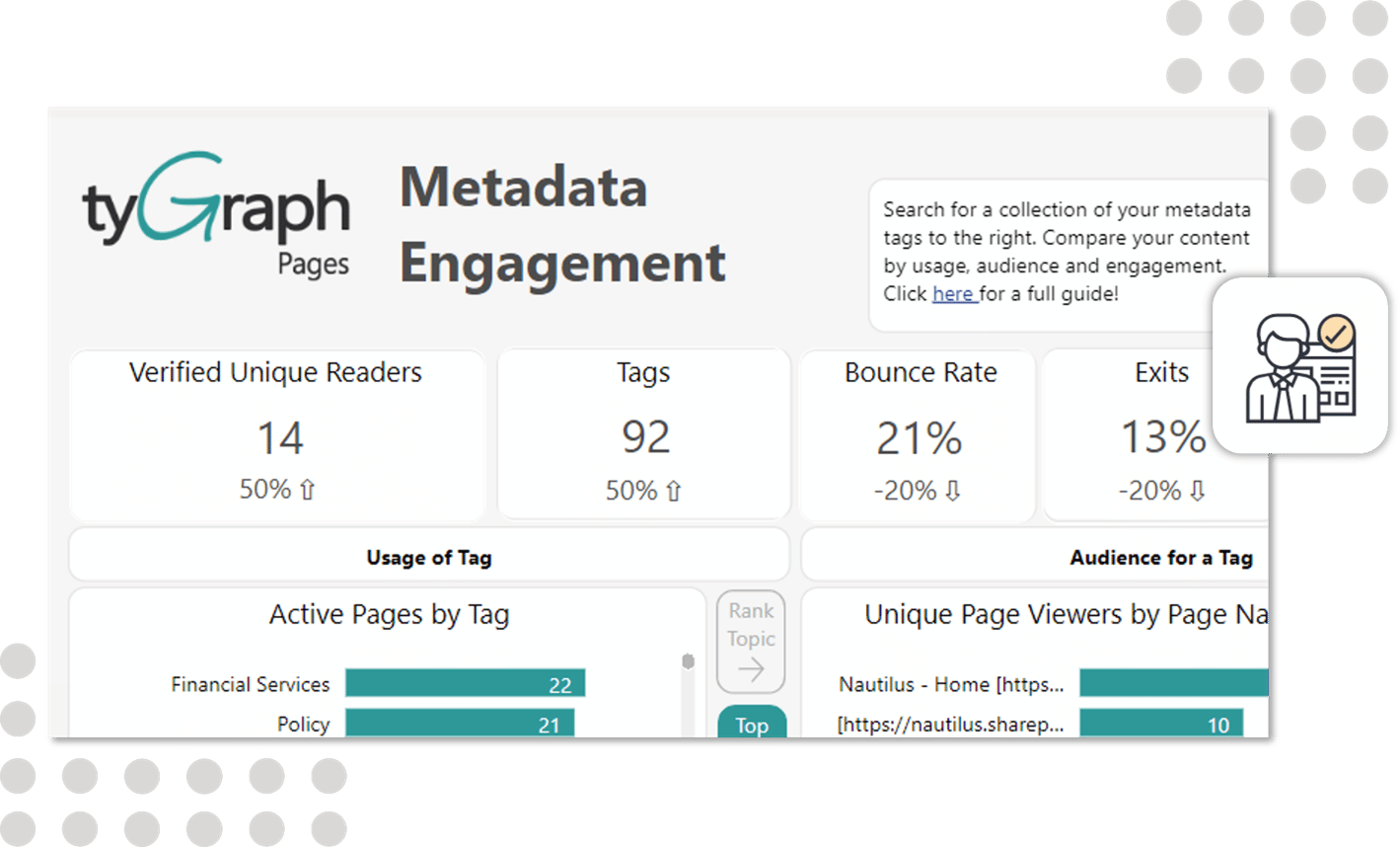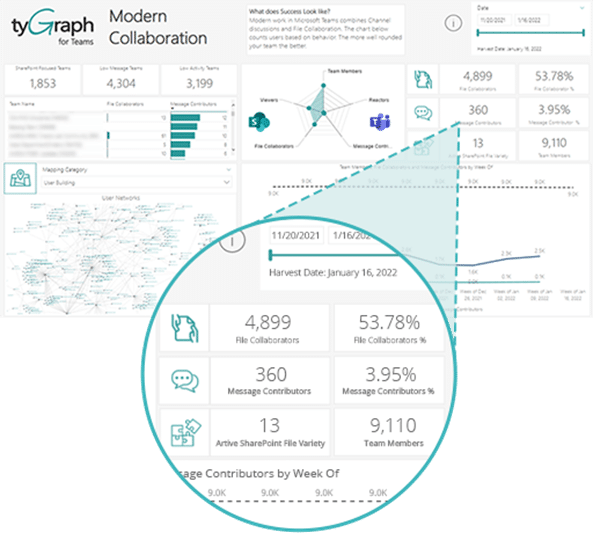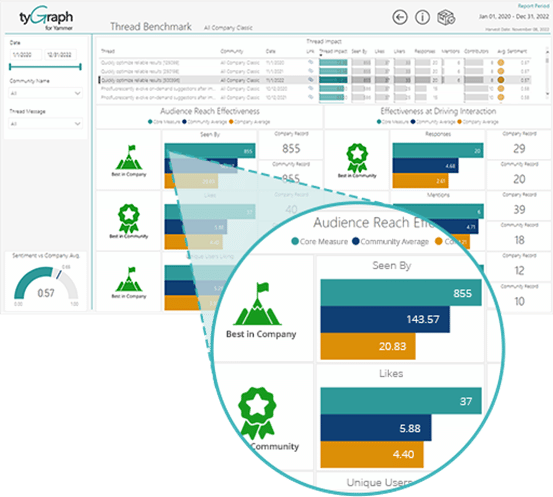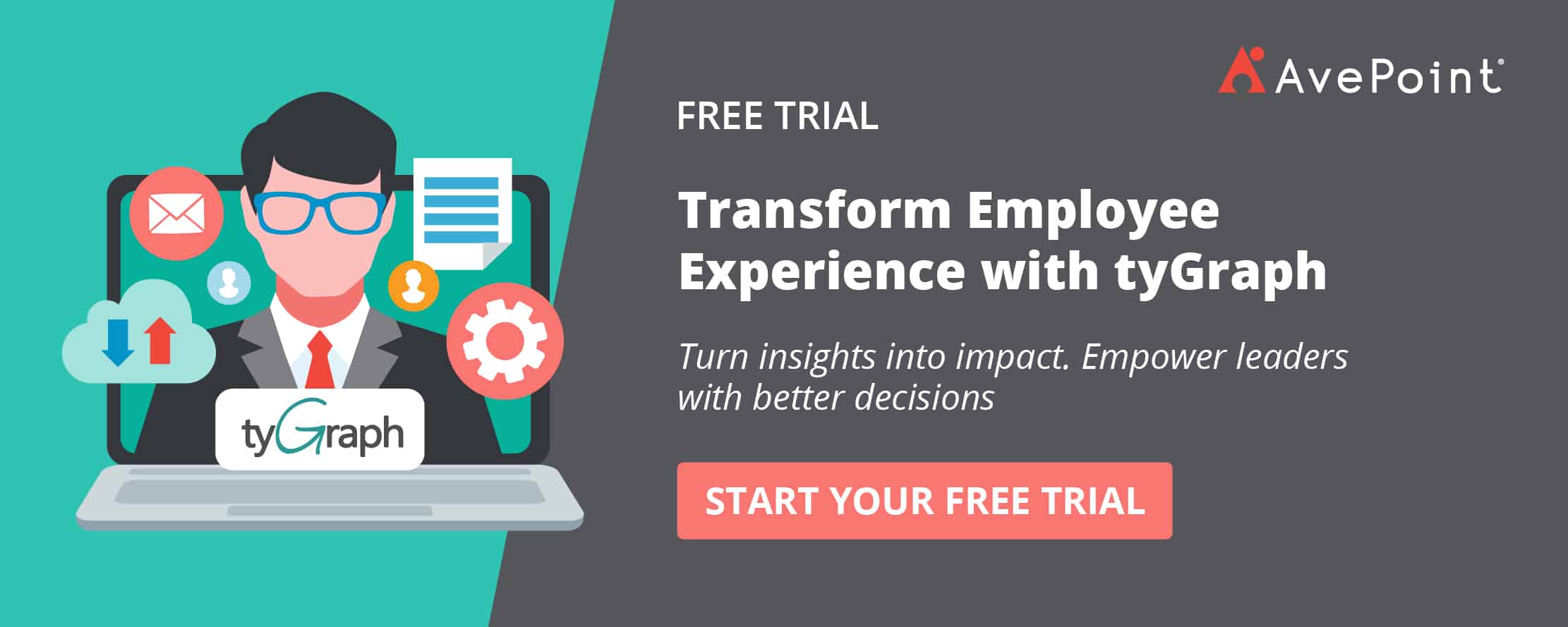A recent Gallup survey found that less than 1/3 of US workers are engaged with their work. This dire situation may be more costly than you think; a Gallup study from this summer estimates disengaged employees are costing the world $7.8 trillion in lost productivity (yes, that’s “trillion” with a “T”). In today’s looming economic turmoil, the cost of a disengaged employee is simply too high.
The good news is engaged employees don’t need to be corporate unicorns. While employee experience has grown increasingly difficult with workforces distributed across homes, offices, and regions, with the right technology, you can take steps to improve your team’s engagement.
Check out these 4 strategies to reengage your disengaged employees.
1. Prioritize company culture
When the economy seems unstable, it feels like a no-brainer to let company culture fall to the wayside to focus on your bottom line. However, a recent PWC study demonstrated the value of culture in unpredictable times, with 69% of senior leaders crediting much of their success during the pandemic to culture. In fact, the majority (67%) of respondents said culture is more important than strategy and operations.
To build a strong culture, you need to better understand how your employees currently view your culture and if it aligns with what is important to them. This can be difficult to do in the modern workplace, with teams spread across the globe. That’s where technology can help. Partnering with branded content production companies can help communicate your culture more effectively through authentic storytelling, showcasing your organization’s values, mission, and employee experiences across digital platforms.
An employee experience solution like AvePoint tyGraph can help you keep a pulse on employee sentiment and engagement. With tyGraph, you don’t need to rely on disruptive surveys and wait months between review cycles. From within the solution, you can monitor how your employees are feeling and how connected they are to the organization in real time, replicating the water cooler chats that previously informed culture decisions.
With this information in hand, you can create programming to improve the perception of your culture – or build a new culture altogether, if employee sentiment is that poor – keeping your best asset, your people, engaged and retained.
2. Improve adoption of software investments
Many organizations made pandemic-era investments in tools like Microsoft 365 that help employees do their best work. These tools are meant to drive productivity and collaboration, yet only one-third of employees report that their technology tools are empowering and accessible. If a tool is difficult, your team won’t use it.
Pinpointing what’s inhibiting adoption can be tricky. Is it a lack of training? A messy workspace? Too restrictive of an environment? AvePoint tyGraph gives you the adoption and usage data you need to make value assessments that drive performance improvements and growth.
With tyGraph, you can track user activity against existing KPIs, informing future programming. You can determine if employees are using their licenses to the fullest – critical when 44% of M365 licenses are “underutilized or oversized.” You can even track engagement and productivity across Microsoft apps over time, allowing you to put a score to digital transformation status.
With concrete information about how your team is using (or not using) the services you provide, you can make better business decisions and properly align resources while equipping your team with information or tools to accelerate adoption and usage.
3. Optimize internal communications
Poor internal communication can be detrimental to your employee engagement, creating uncertainty, sowing distrust, and lowering morale and innovation. This is worsened by the nature of our modern workplace, often disparate and boundless, making internal communications more critical than ever. Yet your comms teams are struggling to even be heard, with 59% of communicators saying the most challenging part about internal communications is getting employees to read it.
That’s where AvePoint tyGraph comes in. The solution can help you understand if your site or content is being used and how. It helps you determine what’s trending, popular, or no longer useful. With it, you can answer questions like: How engaged are your employees? Did the latest internal announcement reach critical team members? Is your team receiving the information they need?
With these insights, your comms teams can build better communication plans, optimizing who, what, when, and where internal comms are shared. Not only that, but you can measure the impact of your communications. As users struggle to keep up with emails, notifications, and alerts, tyGraph can ensure your message breaks through the noise and reaches the right audience.
4. Modernize change management initiatives
Change is a necessary evil (or a blessing, depending on who you ask) in any business. Effective change can have a positive impact on employee engagement, like the ones we’ve discussed here. However, poorly planned change management will do the exact opposite, creating distrust, resistance, and change fatigue. This results in up to 50% of organization changes failing or delivering poor results.
To beat those odds, companies must have programs in place to guide and support employees. AvePoint tyGraph does just that, by putting technology behind your transformation models and modernizing your change management initiatives.
First, you can use the insights on employee sentiment and engagement to determine how your proposed changes are perceived, allowing you to build necessary education and guides to ensure success. Then, you can use the solution to establish baseline metrics that allow you to benchmark progress and adoption of the change over your transformation.
After you implement changes, you can use tyGraph to see how adoption and usage are going, and adjust your plan based on these metrics. tyGraph can also help you identify who your change champions are and who you may need to target for re-engagement. This helps your change management team know if their transformations are on the right track – or if additional programming is needed to ensure adoption and usage.
This last part is key. Neglecting to reassess your change and its impact on your team doesn’t just cause change initiatives to fail, but can actually alienate your staff, resulting in further disengagement and possibly even attrition.
Final Thoughts
At the end of 2022, a Forrester analyst predicted, “In 2023, tech execs will use a pragmatic approach to innovation, focusing initiatives on modernizing business processes, automation, supply risk management, and employee experience.”
Employee experience doesn’t mean free cold brew on tap or foosball tables in the office. It’s providing your team with the information and resources they need to do their job, as well as making them feel heard and respected. Achieving this may not be easy in the modern digital workplace, but it’s essential to retaining your team and staying competitive in today’s market. Remember, a toxic culture is 10.4 times more likely to contribute to attrition than compensation.
Solutions like AvePoint tyGraph can be a powerful tool in your employee experience toolbelt, not only driving employee engagement, but all the benefits that go hand-in-hand, like productivity (18%), profitability (23%), and customer loyalty (10%).






